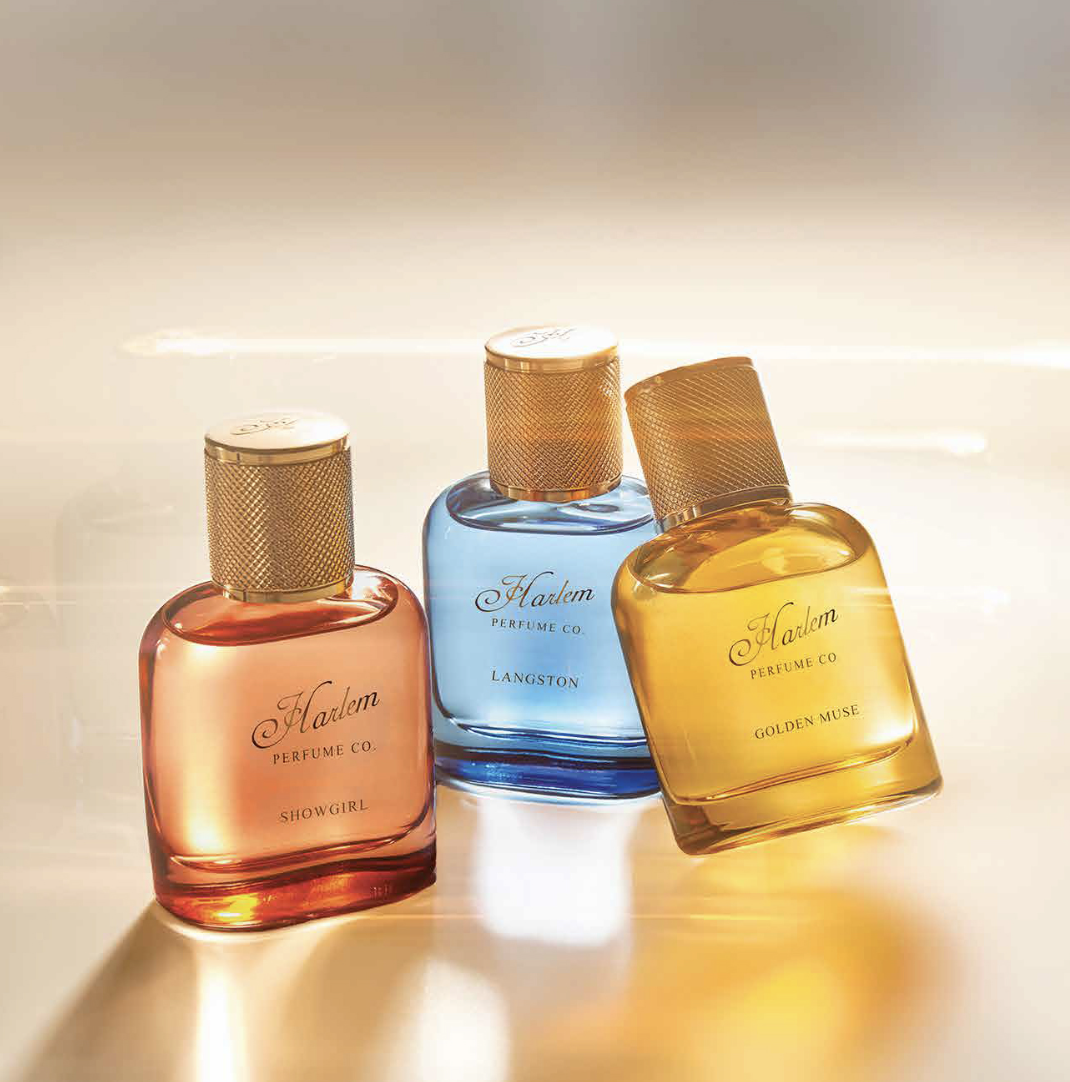What Retail Buyers Actually Notice (and Most Designers Miss)
Designing packaging isn’t just about catching a consumer’s eye, it’s about convincing a retail buyer that your product deserves a spot on their shelves.
Most small brands don’t realize they have two very different audiences:
the buyer, who decides if your product gets into stores, and
the customer, who decides if it goes home.
Having designed packaging for brands pitching national retailers and selling direct to consumers, I can tell you: what wins a buyer over isn’t always what you think. You might be saying - I am going e-comm all the way! But trust me when I say, think retail my friends, even if today you want to sell exclusively online, be retail-ready (thank me later).
The Buyer’s First Scan
Buyers don’t browse like shoppers, they evaluate. Their first question isn’t “Would I buy this?” but “Will this sell?”
They’re scanning for clarity, hierarchy, and proof that your brand can hold its own on a crowded shelf. They want:
Instant legibility, they should know what the product is and where it belongs at a glance.
Category fit, packaging that makes sense next to competitors without blending in.
Cohesion, if there are multiple SKUs, they should clearly belong to the same family.
Shelf impact, clean structure, balance, and proportion that hold up in rows.
I’ve sat in those meetings, buyers notice everything. They’ll clock uneven typography, inconsistent variant naming, or packaging that feels “prototype,” even if the design itself is gorgeous.
What Buyers Look for Beyond the Label
Buyers are assessing readiness as much as design. They’re deciding if your brand can deliver at scale. That means your packaging needs to show:
Professional polish: no loose ends, placeholder text, or “we’ll fix that later.”
Practical structure: barcodes, net weights, ingredient lists, and compliance details in the right places.
Line logic: how your product range grows without breaking your system.
Shelf compatibility: consistent height, width, and color logic/flow across SKUs.
Beautiful packaging that doesn’t meet those expectations often gets a polite “no.” Not because it’s unattractive, but because it could feel too risky (aka: not ready).
Why This Matters Even If You’re DTC
Even when I’m designing for e-commerce, I design as if the product could hit retail tomorrow. That mindset changes everything. (Related: Why I Always Design for Retail, Even for E-Commerce Brands)
Designing with retail discipline, hierarchy, scalability, and clarity, makes your brand look more mature and trustworthy online too. It signals that you’re ready.
Buyers notice it, and so do customers. Consistent packaging looks better in photography, thumbnails, and influencer content. It builds recognition across every channel.
Common Mistakes Designers and Brands Make
Designing only for the customer. They focus on lifestyle storytelling but forget retail practicality.
Over-decorating. Too many design flourishes can confuse buyers and shoppers alike.
Ignoring the system. A single beautiful label means nothing if the full line falls apart on shelf.
Skipping the details. Buyers take note of missing information, very ai-ified images, or mockups that don’t show true packaging specs. Build trust now. Be clear about what you will deliver.
I’ve seen stunning concepts get rejected simply because they weren’t retail-ready.
Designing for Both Audiences
The goal isn’t to choose between the buyer and the consumer, it’s to earn both.
Here’s how:
Lead with clarity — product name, purpose, and variant should be unmistakable.
Build a scalable system — one design logic that fits future SKUs.
Balance emotion with function — aesthetics matter, but structure closes the deal.
Think beyond the label — use materials, finishes, and layout to signal value.
Good design sells twice: once to the buyer, and again to the shopper.
Retail buyers may never comment on your typography or color palette, but they’ll immediately sense when a brand feels prepared, or not.
The secret is designing with intention and readiness. Because when a buyer sees that you understand how your packaging fits into their world, it’s not just design anymore. It’s business.
If you’re looking for a packaging designer in Montreal (with clients all over the world) who understands what retail buyers actually look for, let’s talk about how to get your products retail-ready.
